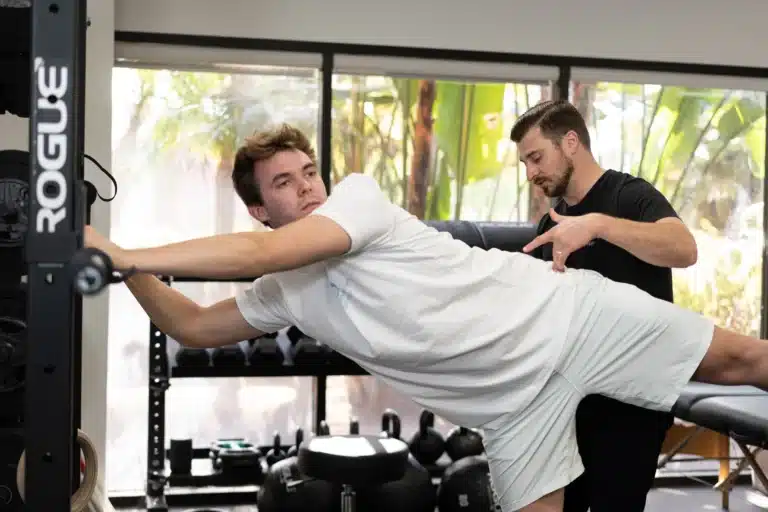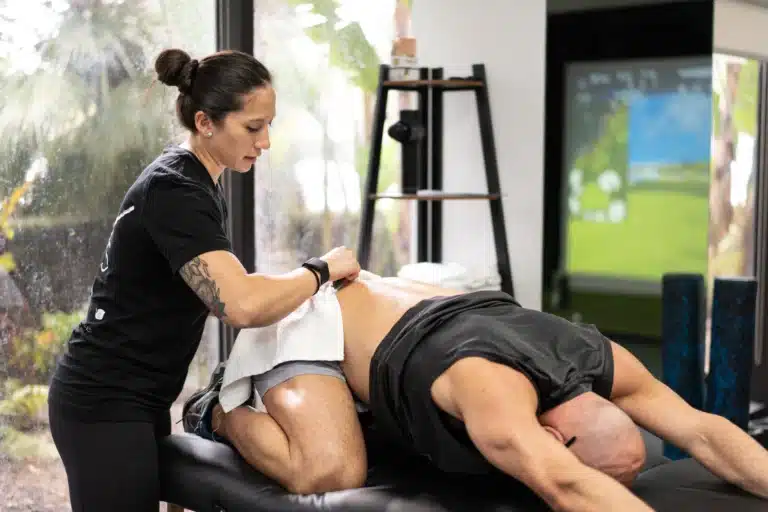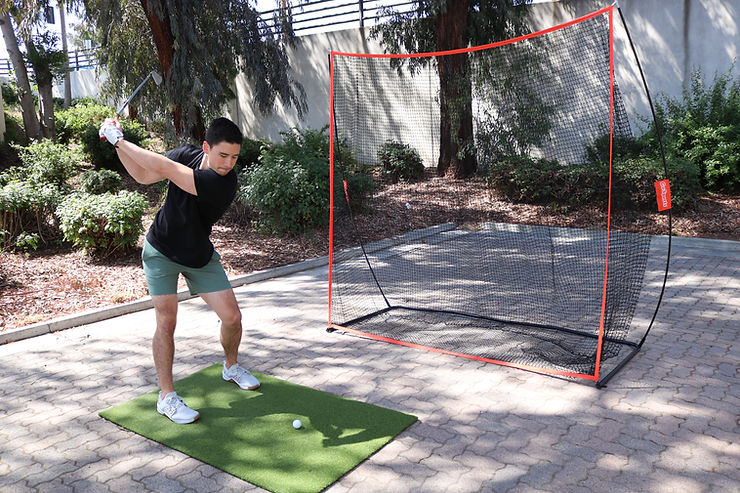Plantar fasciitis is a common and painful condition that many runners face, often resulting in discomfort in the heel and the bottom of the foot. For runners, this condition can become a serious obstacle, affecting their performance and ability to train consistently. Fortunately, plantar fasciitis physical therapy can provide relief, reduce pain, and prevent future flare-ups, helping you get back to running pain-free. In this blog, we’ll dive into the causes of plantar fasciitis, how physical therapy addresses it, and tips to prevent it from reoccurring.
What Is Plantar Fasciitis?
Plantar fasciitis occurs when the plantar fascia, a thick band of tissue running along the bottom of your foot from your heel to your toes, becomes inflamed. This inflammation typically causes sharp heel pain, especially when taking the first steps in the morning or after long periods of standing or running. For runners, this condition often arises from repetitive strain, overuse, or improper biomechanics.
Causes of Plantar Fasciitis in Runners
Runners are particularly prone to plantar fasciitis due to the high impact that running places on the feet. Common causes include:
1. Overuse or Increased Mileage
Sudden increases in running distance or intensity can overload the plantar fascia, leading to inflammation. Runners who increase their mileage too quickly or don’t allow for proper recovery between runs are at higher risk.
2. Improper Foot Mechanics
Flat feet, high arches, or poor running form can contribute to plantar fasciitis. If your feet don’t absorb shock properly or your gait places excess pressure on the plantar fascia, you’re more likely to develop pain.
3. Inadequate Footwear
Worn-out or unsupportive shoes can exacerbate foot problems. Shoes lacking proper arch support or cushioning can cause the plantar fascia to overstretch, leading to inflammation.
How Physical Therapy Can Relieve Plantar Fasciitis Pain
Physical therapy is one of the most effective treatments for plantar fasciitis in runners. By addressing the underlying causes of the condition, physical therapists can provide long-term relief and help you return to running without pain. Here’s how physical therapy helps:
1. Stretching and Mobility Exercises
Tight calf muscles, Achilles tendons, and plantar fascia are often the root cause of plantar fasciitis. Physical therapists will guide you through a series of stretching exercises to lengthen these tissues and relieve tension on the plantar fascia.
Example: A runner in South Bay with tight calves may be prescribed a series of calf stretches to improve flexibility and reduce strain on the plantar fascia.
2. Strengthening Exercises
Weakness in the muscles of the foot, ankle, and lower leg can contribute to plantar fasciitis by placing more stress on the plantar fascia. Strengthening these areas helps to distribute the load more evenly and prevent further injury.
Example: A runner in Torrance may work with a physical therapist to strengthen the intrinsic muscles of the foot, improving arch support and reducing plantar fascia strain.
3. Manual Therapy and Soft Tissue Mobilization
Physical therapists use hands-on techniques like soft tissue mobilization and massage to improve blood flow, reduce tension, and promote healing in the plantar fascia. This can significantly reduce pain and improve the foot’s ability to handle impact during running.
4. Gait Analysis and Form Correction
If poor running mechanics are contributing to your plantar fasciitis, a physical therapist can perform a gait analysis to identify and correct the issue. Adjusting your stride, foot strike, or posture can help reduce stress on your feet and prevent future flare-ups.
Example: A runner in Hermosa Beach may undergo gait retraining to correct overpronation, which could be causing excess strain on the plantar fascia.
Tips for Preventing Plantar Fasciitis Flare-Ups During Training
Once you’ve recovered from plantar fasciitis, it’s important to take steps to prevent it from coming back. Here are some key tips for running injury prevention:
- Wear Proper Footwear: Invest in high-quality running shoes that provide proper arch support and cushioning. If necessary, consider custom orthotics to provide additional support for your foot mechanics.
- Warm Up and Stretch: Always warm up before running, and include dynamic stretches to prepare your feet, calves, and ankles for the demands of running.
- Strengthen Your Feet and Calves: Regularly perform strengthening exercises to build the muscles that support the plantar fascia, such as calf raises and toe curls.
- Gradually Increase Mileage: Avoid sudden increases in running volume. Gradually build up your mileage and intensity to avoid overloading the plantar fascia.
- Rest and Recover: Don’t push through the pain. Give your feet time to recover between runs, especially if you’ve been experiencing symptoms of plantar fasciitis.
Conclusion: Run Pain-Free with Physical Therapy
For runners dealing with plantar fasciitis, physical therapy offers a comprehensive solution to relieve pain and prevent future injury. By addressing the root causes through mobility work, strengthening, and gait correction, you can get back to running pain-free and maintain your performance. Whether you’re running through the streets of Redondo Beach, South Bay, or Palos Verdes, The Movement Schopp can help you stay on track with expert plantar fasciitis physical therapy.




